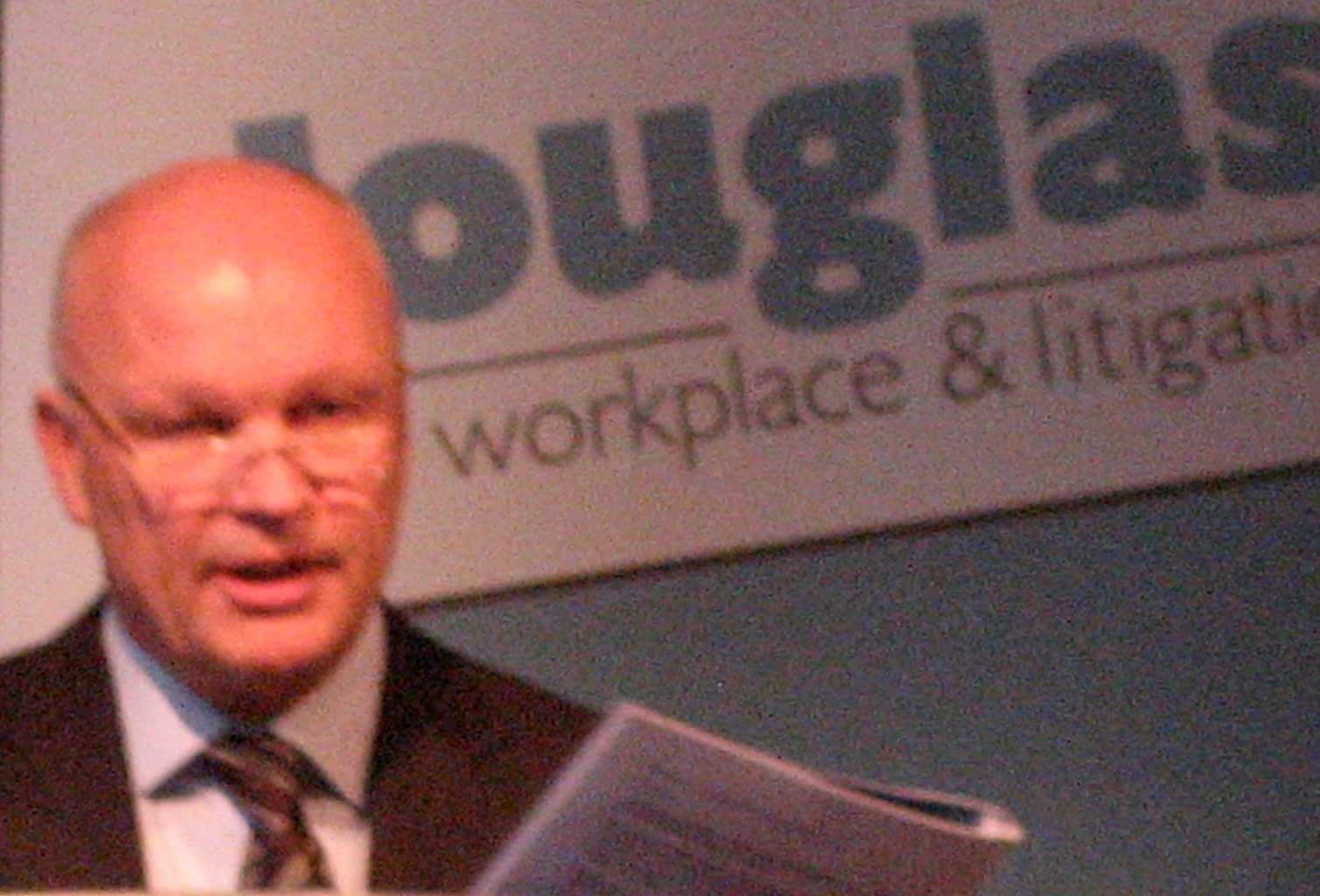On 1 July 2009, the Australian industrial relations (IR) climate changed with the introduction of the Fair Work Act. Regardless of the politics of the new Act’s origin, this legislation changes the way that working conditions for Australians are negotiated and set.
The Fair Work Act has no relevance to occupational health and safety, so why mention this on SafetyAtWorkBlog?
The new IR legislation should reduce the conflict that has been existent in workplace negotiations. The new industrial climate is consultative and forward-looking. In fact, the government is hoping that, to some extent, this legislation reboots industrial relations (to borrow a phrase from current international diplomacy).

It is in this IR climate, and consultative structure, that OHS issues will need to be discussed and negotiated in the future.
In a webinar conducted by SmartCompany and Gadens Lawyers on 9 July 2009, the openness of the information/consultative processes was stressed by panellist, Kathryn Dent.
This positive management climate reflected that presented in an earlier seminar conducted by Douglas Workplace Lawyers. Fair Work Australia Commissioner Lewin and lawyer, Andrew Douglas, spoke about how the new IR system is more inclusive than the previous WorkChoices systems. However, they also admitted that the Fair Work Act has nebulous support documentation and information.

The level of prescription is much less than previous. This allows for less restrictive negotiation but it also means that clarity may rely on determinations made by the tribunal. Commissioner Lewin concurred with Andrew Douglas’ point that the operations of the Fair Work system will require several years of “settling in” and some adjustments depending on determinations.
When raising OHS issues for the next year or so in Australia, employees and professionals need to be reminded that many of the managers and employers with whom they are dealing may well be feeling swamped by new industrial relations processes. This distraction may be understandable but OHS obligations remain the same regardless of other management issues.
OHS may seem to be more messy during this period as the IR overlaps with the “safe systems of work”. Unless IR is already part of the responsibilities of an OHS professional, the advice is to keep away from the details of the Fair Work Act. However it is recommended that at least one seminar on the Fair Work Act be attended so that the “tone” of the new legislation is understood. More important is how the Act is to be applied within the workplaces of one’s clients or employer.
Safety management systems will need to be tweaked to fit with the new consultative aims and processes. Of course, they will need to be tweaked again once the harmonised national OHS legislation comes begins in 2010. Don’t expect stability in Australian workplaces for the next couple of years.


